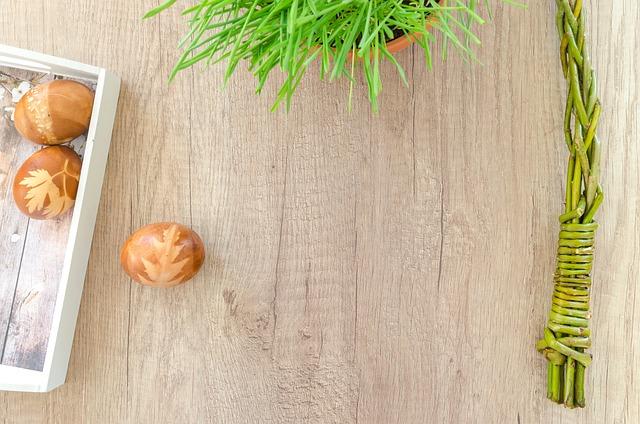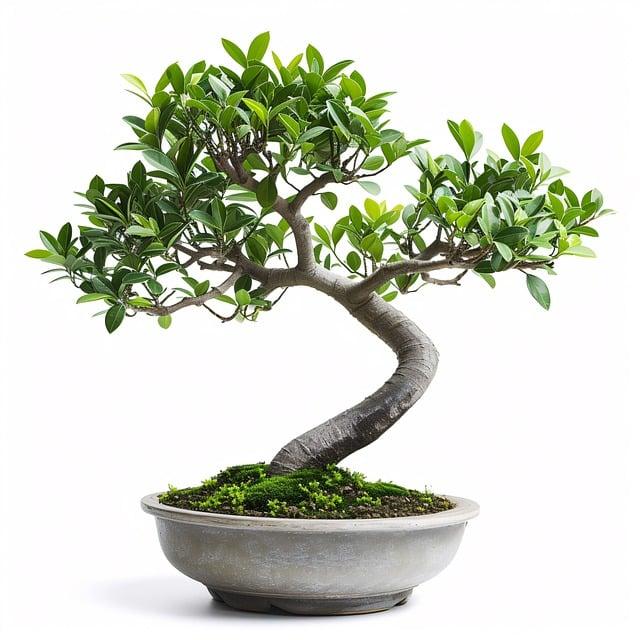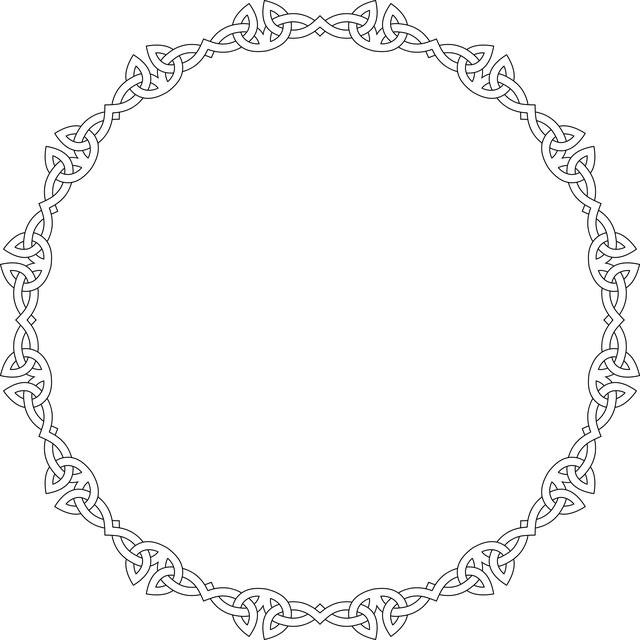Knot Know-How: Unraveling the Mystery Behind Knots and Their Non-Sexual Meanings
Knots have been used since ancient times for various purposes, from securing objects to creating intricate patterns in macramé. While we may be familiar with the practical applications of knots, there is another aspect that often raises eyebrows: their association with sexuality. Contrary to popular misconceptions, the term “knot” in this context has nothing to do with intimate acts or innuendos. In this article, we will delve into the fascinating world of knots and explore their non-sexual meanings, shedding light on the origins, symbolism, and diverse practical uses of this age-old craft. So, let’s unravel the intricacies of knot know-how and appreciate the depth and beauty it brings to our lives.
1. Understanding the Intricacies of Knot Know-How: A Comprehensive Guide
Embarking on the journey of knot tying can be both fascinating and useful in various aspects of life. It’s an ancient skill that has been passed down through generations, allowing us to secure, fasten, and create with utmost precision. In this comprehensive guide, we will delve into the intricate world of knot know-how, exploring different types of knots, their practical applications, and tips for mastering this essential art.
First and foremost, it’s essential to grasp the fundamental principles behind knot making. Knowing the basic terminology such as standing end, working end, and loop will lay a solid foundation for your knotting endeavors. We will explore the wide range of knots at your disposal, from simple overhand knots to more complex hitch knots. Each knot serves a unique purpose—whether you need to secure a load, tie a perfect bow, or create an eye-catching decorative knot.

2. Decoding the True Essence of Knots: Beyond Their Sexual Connotations
When we think of knots, the first thing that often comes to mind is their sexual connotations. However, knots have a much deeper meaning beyond their association with intimacy. They have been used for centuries as powerful symbols, representing unity, strength, and interconnectedness.
One of the most common knots with a profound symbolism is the Celtic knot. Known for its intricate design, this knot has no beginning or end, symbolizing the eternal cycle of life and the interconnectedness of all things. The Celtic knot is often used as a token of friendship, love, and loyalty due to its unbroken pattern.
- It is a symbol of infinite possibilities that life holds.
- It represents the continuous journey through time and space.
- The intricate intertwining patterns represent the interconnectedness of all living beings.
Beyond the Celtic knot, the figure-eight knot, also known as the endless knot, carries powerful symbolism. This knot, formed by two intertwined loops, represents the interconnectedness of wisdom and compassion. It is often associated with the Buddhist philosophy of the Middle Way, signifying balance and harmony.
- The figure-eight knot is a symbol of eternal love and friendship.
- It represents the inherent interconnectedness of all beings in the universe.
- The looping pattern signifies the cyclical nature of life and the constant flow of energy.
- The intertwining loops also mirror the union of opposites – yin and yang.
As we venture beyond the surface of knots and explore their true essence, we discover a rich tapestry of symbolism that transcends their sexual connotations. From the unbroken patterns of the Celtic knot to the intertwined loops of the figure-eight knot, these intricate designs serve as reminders of the beauty, unity, and interconnectedness that exist within and around us.

3. Exploring the Historical Context of Knots and Their Symbolic Meanings
In ancient cultures around the world, knots held great significance and were often intertwined with powerful symbolism. Over time, these intricate creations became more than just practical tools, evolving into fascinating expressions of culture and spirituality.
In Celtic tradition, the intricate knots found in their artwork and jewelry were believed to represent the interconnectedness of all things. These knots, known as Celtic knots, are characterized by their looping and interweaving patterns. They were seen as a reflection of the eternal cycle of life and the continuity of existence. The unbroken lines symbolized the unending nature of the universe, while the twists and turns represented the journey of life itself.
- Knots in Eastern culture: Similarly, in Eastern cultures, knots have held symbolic significance for centuries. In China, the “lucky knot” has been used as a talisman to ward off evil spirits and bring good fortune. Its intricate design, often resembling a never-ending loop, is believed to trap negative energy and create positive vibrations.
- Knots in Islamic culture: Islamic cultures also have a rich history of knot symbolism. In Islamic art and architecture, decorative knot patterns, called arabesques, adorn mosques and palaces. These complex and symmetrical designs were believed to represent the infinite nature of God’s creation.
- Knots in Native American culture: Native American tribes have used knots and knot-like patterns in their art, clothing, and storytelling for centuries. These knots, often called unity knots, symbolize the interconnectedness of all living beings and the Earth. They serve as reminders of the importance of harmony and balance in both the natural and spiritual realms.
From the ancient Celts to the intricate crafts of Eastern culture and the indigenous tribes of North America, knots have played a fascinating role in the historical context of various civilizations. Their symbolic meanings have transcended time and continue to be appreciated and cherished in modern times. So the next time you admire a beautifully crafted knot, take a moment to appreciate the rich history and profound symbolism that it represents.

4. Unraveling the Different Types of Knots: Techniques and Practical Applications
Mastering the art of knot tying opens up a world of possibilities and unlocks countless practical applications. Whether you’re an outdoor enthusiast, a sailor, or simply someone looking to learn a useful skill, understanding the different types of knots and their techniques is an invaluable asset. Here, we will delve into the fascinating realm of knots, exploring their unique characteristics and the diverse situations where they prove to be indispensable.
A myriad of knots exists, each serving a distinct purpose. The first category, known as loop knots, creates a secure loop at the end of a rope or cord, making them ideal for attaching objects or forming handles. Some commonly used loop knots include the Bowline, which forms an unyielding, non-slip loop that won’t lose tension, and the Figure Eight Loop, renowned for its reliability and ease of untying. The second category encompasses hitch knots—used primarily for securing objects to one another or to fixed points. Among these is the Clove Hitch, often employed for tying boats to piers or securing tents to stakes due to its stability and adjustability. Additionally, we have the Sheet Bend, which joins two ropes of unequal thickness securely. Lastly, we have the stopper knot category, designed to prevent a rope from slipping through a hole or blockage. The Overhand Knot, the simplest of its kind, effectively serves this purpose. With these knot categories in your repertoire, the possibilities are endless, as you navigate through your outdoor expeditions or daily tasks with confidence and finesse.

5. Navigating the Misconceptions: Debunking Common Myths Surrounding Knots
Knots have been used by humans for thousands of years, but there are still many myths and misconceptions surrounding them. Let’s debunk some common myths to help you navigate through the maze of misinformation:
1. Wet knots are stronger than dry knots: Contrary to popular belief, wet knots are actually weaker than dry knots. When a knot gets wet, the water adds weight and weakens the fibers, making the knot more prone to slipping or breaking. Always ensure you tie your knots when your ropes are dry for maximum strength and security.
2. Doubling a knot makes it twice as strong: While it may seem logical, doubling a knot doesn’t actually double its strength. In fact, most knots lose approximately 40% of their strength when doubled. Instead of relying on doubling, focus on using the correct knot for the specific task at hand and ensuring it is properly tightened.

6. Cultivating Knot Know-How: Tips and Resources for Enhancing Your Skills
When it comes to knots, there is always room to improve and expand your skills. Whether you’re an outdoor enthusiast, sailor, or simply someone who loves crafts, mastering different knots can come in handy in countless situations. Here are some valuable tips and resources to enhance your knot know-how:
- Practice makes perfect: The key to becoming proficient in knots is practice. Set aside some time each day to practice tying different knots. Start with the basics like the square knot and clove hitch, then progress to more advanced knots like the bowline and sheepshank. Regular practice will help you develop muscle memory and improve your speed and accuracy.
- Explore online tutorials: The internet is a treasure trove of resources for learning knots. There are numerous websites and videos that provide step-by-step instructions for tying various knots. Find reputable sources that offer clear visuals and explanations, ensuring you grasp the technique correctly. From animated tutorials to interactive forums, online platforms cater to all learning styles.
- Join a knotting community: Surrounding yourself with fellow knot enthusiasts is an excellent way to learn and share knowledge. Joining online forums, attending workshops and seminars, or even starting a local knotting club can provide valuable opportunities to learn from experienced knot experts. Engaging with a community allows you to exchange tips, troubleshoot difficulties, and discover new and creative applications for different knots.
By incorporating these tips into your knotting journey, you’ll gradually develop a skill set that opens up a world of possibilities. So, grab your ropes, cords, and a curious mindset, and embark on an exciting adventure of mastering the art of knots!

7. Embracing the Versatility of Knots: Creative and Decorative Uses in Everyday Life
Knots, often associated with practicality and strength, possess a captivating versatility that extends far beyond their conventional uses. These intricate formations have transcended their functional roles and found themselves embraced in the realms of creativity and decoration in various aspects of everyday life. From the delicate knots adorning a piece of jewelry to the bold and artistic knots used in home decor, the possibilities are endless.
In the fashion world, knots have become an alluring embellishment, adding a touch of charm and individuality to accessories such as bracelets, necklaces, and even handbags. Crafted with precision and adorned with beautiful gemstones or colorful threads, these knotted creations serve as a symbol of style and self-expression. Additionally, knots have found their way into the art of macramé, where they are deftly intertwined to produce intricate patterns and textures that elevate wall hangings, plant hangers, and curtains into unique pieces of functional art.
Beyond fashion and art, the versatility of knots extends into the realm of home decor. By incorporating decorative knots into everyday items, one can transform the ordinary into the extraordinary. Picture a simple throw pillow, enhanced with a knotted trim, instantly elevating the aesthetics of any living space. Another inventive application is utilizing knots as curtain tiebacks, providing a practical solution while simultaneously adding a touch of elegance and sophistication. With knots, the possibilities are limitless; lampshades, table runners, and even room dividers can all undergo a remarkable metamorphosis, breathing new life into our homes with creativity and style.
In conclusion, knots have transitioned from practical ties to remarkable decorative elements, allowing us to infuse our personal touch and artistic flair into everyday life. Whether it be through exquisite jewelry pieces or the transformation of humble home furnishings, knots provide a wide range of possibilities for us to explore. So, let us embrace the versatility of knots and unravel the endless potential they offer in the realm of creativity and decoration.
Frequently Asked Questions
Q: What is the significance of knotting in sexual contexts?
A: Knotting, also known as “knot” or “breeding,” refers to a sexual behavior found primarily in canines, such as dogs and wolves. It involves the male’s penis swelling to create a knot-shaped bulge during intercourse, causing the male to become physically and temporarily attached to the female.
Q: Why does knotting occur?
A: Knotting serves several purposes in nature. Firstly, it ensures that the male’s semen remains inside the female’s reproductive tract, increasing the chances of successful fertilization. Additionally, it allows for an extended period of stimulation during intercourse, enhancing pleasure for both partners.
Q: Is knotting exclusive to canines?
A: Although knotting is most commonly associated with canines, it can also occur in other animals. Certain mammals, such as bears and some rodents, exhibit similar behavior. However, it is important to note that knotting is not observed in humans.
Q: Does knotting imply dominance or submission?
A: Knotting during sexual activity in canines is not necessarily tied to dominance or submission. In the animal kingdom, it is primarily a natural reproductive behavior aimed at improving fertilization chances. Any perceived dominance or submission dynamics are more related to social hierarchy rather than the sexual act itself.
Q: Is knotting harmful or painful for the female?
A: While knotting may cause some discomfort for the female due to the physical attachment, it is not typically painful or harmful. Nature has designed the female reproductive tract to accommodate this behavior, with the swelling subsiding after ejaculation, allowing the two partners to separate naturally.
Q: Can humans engage in knotting or replicate this behavior?
A: No, humans cannot engage in knotting nor replicate this behavior. It is a unique biological phenomenon found in certain animals that do not have an equivalent in human anatomy or reproductive biology.
Q: Are there any risks associated with knotting?
A: In canines, knotting is a normal part of their reproductive behavior and generally does not pose significant risks. However, if a knot fails to subside after ejaculation, it could potentially lead to complications. In such cases, veterinary assistance should be sought to avoid any harm to either partner.
Q: Does knotting have any relation to the human concept of BDSM or fetishistic practices?
A: Knotting in animals should not be confused with human sexual practices like BDSM or fetishism. While humans may have various preferences and engage in consensual activities that involve power dynamics, these activities are entirely distinct from the natural reproductive behavior observed in animals. It is crucial to differentiate between the two to avoid confusion.
Q: Are there any ethical concerns regarding knotting?
A: Knotting in animals is a completely natural and instinctual behavior, occurring within the context of their species’ reproductive biology. As such, it does not raise ethical concerns. However, it is essential to ensure that animal breeding practices are conducted responsibly, with proper consent and consideration for the well-being of the animals involved.
Q: How can I learn more about knotting in animals?
A: To delve further into the topic of knotting in animals, you can explore scientific literature, veterinary resources, or consult reputable animal behavior experts who can provide detailed and reliable insights into this natural reproductive behavior. In conclusion, understanding the various meanings behind knots is crucial in avoiding miscommunication and awkward situations.

